We use cookies to make your experience better. To comply with the new e-Privacy directive, we need to ask for your consent to set the cookies.
How to Migrate from Magento 1 to Magento 2: A Simplified Guide
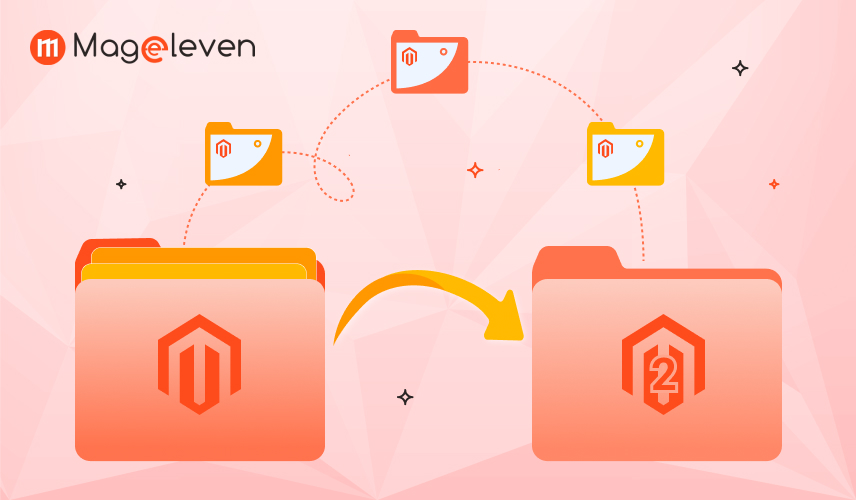
Migration to Magento 2 is a great step for every online store owner towards improving their e-commerce platform. Magento has been one of the preferred choices for building powerful online stores so far, while Magento 2 takes it another level further in terms of performance, scalability, and advanced features. Whether your store is still running on Magento 1 or maybe some other platform, now is the time for you to upgrade.
Here, we will make the Magento migration process easier by describing the step-by-step process of migration that will make your transition smooth and successful. Whether you're looking to enhance your site’s speed, security, or overall customer shopping experience, Magento 2 has everything you need to stay ahead in the competitive e-commerce world. Please keep reading for useful information on how to easily migrate to Magento 2 and unlock its full potential to maximize business growth.
Top Reasons to Migrate to Magento 2
Upgrading to Magento 2 will be beneficial in growing your online business, as this upgrade will benefit you and can be considered a good investment in long-term success. Magento 2 is not just an improved version; instead, it is a completely different platform built solidly, keeping in mind the demands of today’s e-commerce. Why you should migrate to Magento 2:
1. Enhanced Speed and Performance
Magento 2 is optimized for speed, faster page loading means better user experience and higher SEO rankings. Plus, it can handle larger product catalogs and more intensive traffic, meaning your site will be just as fast and reliable even during extremely high loads, helping you retain more customers and attract new ones.
2. Mobile-Friendly Design
With a fully responsive design, Magento 2 ensures that your online store will look great and function perfectly on a mobile device. Its mobile-first approach works well with the growing number of smartphone and tablet shoppers, improving customer satisfaction and increasing conversions.
3. Improved Security
Magento 2 is more secure; it encrypts data better, and its regular updates protect the store from other potential threats. Thus, customer information remains secure, and with that assurance, the risk of their data being leaked or hacked can be greatly reduced.
4. Streamlined Checkout Process
Magento 2 has a simplified checkout with fewer steps, so it is faster and simpler for the customer to use. This prevents cart abandonment, therefore helping consumers complete their purchase quickly with a quick checkout. The result is increased sales and improved customer satisfaction.
5. User-Friendly Admin Panel
The Magento 2 admin panel is really user-friendly and intuitive. In fact, it makes the management of the store very simple, even for the most inexperienced in e-commerce platforms, making inventory control, order treatment, and updating of content easier.
6. Future-Proof Your Business
Magento 1 is no longer supported for updates or security patches. Upgrading to Magento 2 will ensure you stay on top of the most recently available features, tools, and security improvements that keep businesses competitive in the constantly evolving perspective of e-commerce.
Magento 1 to Magento 2 Migration Process
Magento 1 to Magento 2 migration is very systematic, really well planned, and carefully executed to ensure a seamless transition. It involves a few major steps: migration, redesign, and testing. You can make your store much faster, more secure, and feature-rich by following the right approach. Let’s take a closer look at each step of the Magento 2 migration process for your seamless transition.
1. Pre-Migration Planning
Magento 2 migration requires a lot of thorough planning. Evaluate the existing store's extensions, themes, and customizations to determine what's essential.
- Evaluate Your Current Store: Identify the extensions, themes, and customizations in your current Magento store.
- Backup Your Data: Perform a full backup of your Magento 1 store, database, and files.
- Select a Hosting Solution: Make sure that your hosting environment is compatible with Magento 2.
- Analyze Extensions and Customizations: Identify which extensions are necessary and if there are Magento 2 replacements.
### Evaluate Your Current Store
```bash
diff -qr /path/to/magento1/extensions /path/to/magento2/extensions
```
### Backup Your Data
```bash
tar -czvf magento1_backup.tar.gz /path/to/magento1
mysqldump -u username -p magento1_db > magento1_db_backup.sql
```
### Select a Hosting Solution
Ensure hosting meets Magento 2 requirements:
```bash
php -v
mysql --version
```
2. Setting Up Magento 2
Prepare a secure and optimized server and install Magento 2 on it. Configure basic settings such as store currency, language, and tax rules to match your existing store. This new Magento 2 instance will serve as the foundation for your new store. Proper setup ensures that your store is all set to seamlessly integrate data, extensions, and design elements during the migration process.
### Install Magento 2
```bash
composer create-project --repository-url=https://repo.magento.com/ magento/project-community-edition /path/to/magento2
```
### Configure Basic Settings
Use Magento CLI to configure:
```bash
php bin/magento setup:config:set --key=value
3. Data Migration
The Magento Data Migration Tool simplifies migration from Magento 1 to Magento 2. How to proceed:
- Install the Migration Tool: Connect your Magento 1 and Magento 2 stores using the official Magento Data Migration Tool.
- Migrate Data: Transfer essential data, including products, categories, customers, orders, and store configurations.
- Test Data Integrity: Make sure that all information has been migrated accurately.
### Install the Migration Tool
```bash
composer require magento/data-migration-tool:2.x
```
### Run Data Migration
```bash
php bin/magento migrate:settings /path/to/config.xml
php bin/magento migrate:data /path/to/config.xml
```
### Test Data Integrity
```bash
php bin/magento migrate:delta /path/to/config.xml
```
4. Theme Migration
Magento 1 themes aren’t compatible with Magento 2, so you will need to get a new theme. Choose a Magento 2 compatible theme that suits your brand or rework your existing design. Make the necessary adjustments to keep your branding intact and further improve the user experience so your store looks fresh, responsive, and modern on all devices.
### Choose or Rework Theme
Install or develop a Magento 2 theme:
```bash
composer require vendor/magento2-theme
php bin/magento setup:upgrade
```
### Deploy Theme Assets
```bash
php bin/magento setup:static-content:deploy
```
5. Extension and Customization Migration
Identify the current extensions being used and find their compatible versions or alternatives for Magento 2. Replace those old extensions with the new ones, and let your store be fully capable of implementing the full functionality of Magento 2. For custom code, rewrite it or upgrade it concerning the Magento 2 architecture so that your store functionalities remain intact when you upgrade to Magento 2 with extended capabilities.
### Identify Extensions
```bash
ls /path/to/magento1/extensions
```
### Install or Upgrade Extensions
```bash
composer require vendor/magento2-extension
php bin/magento setup:upgrade
```
### Update Custom Code
Manually review and rewrite custom modules for Magento 2 architecture.
6. Testing
Perform full testing to make sure that your new Magento 2 store works as it should:
- Functionality Testing: Check all core functionalities, including checkout, payment, and search.
- Performance Testing: Ensure that your site is performing at speed and performance benchmarks.
- User Testing: Have real users test the site's usability issues.
### Perform Full Testing
#### Functionality Testing
```bash
php bin/magento list
```
#### Performance Testing
Use tools like Apache Benchmark:
```bash
ab -n 1000 -c 10 https://your-magento2-site.com/
```
#### User Testing
Invite real users to test on a staging environment.
7. Go Live
After successful testing, you are ready to launch:
- Switch to Live Server: Move your Magento 2 store to the live environment.
- SEO Setup: Setup redirects, update sitemaps, and ensure that SEO rankings are preserved.
- Post-Launch Support: Monitor your store for problems and fix them immediately.
### Switch to Live Server
```bash
rsync -avz /path/to/magento2/ user@live-server:/path/to/live/magento2
```
### SEO Setup
```bash
php bin/magento setup:upgrade
php bin/magento setup:static-content:deploy
```
### Monitor Post-Launch
```bash
tail -f /path/to/magento2/var/log/system.log
```
Final Thoughts on Magento 2 Migration
Migration from Magento 1 to Magento 2 is a must to future-proof your online business. Being more powerful, secure, mobile-friendly, and friendly in its interface, Magento 2 equips your online store with everything you need to compete in the e-commerce market, which is experiencing a revolution. The migration process will be smooth, and streamlined from pre-migration planning to data migration and further updating of themes and extensions.
The time and effort spent upgrading will be duly repaid by a faster, more secure, customer-oriented store. Whether the goal is to give one's site more speed, manage the platform without any hassle, or simply transform your customer experience, here it is - Magento 2 will bring it to life. Start your Magento 2 migration and liberate your e-commerce store!








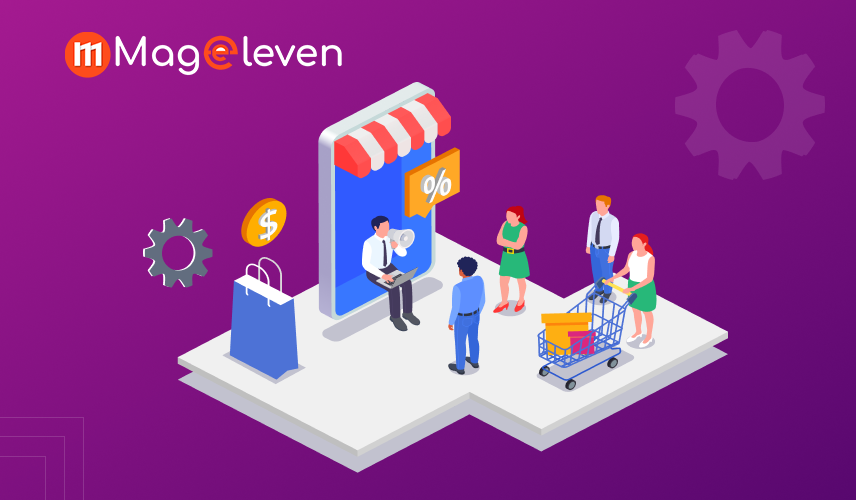
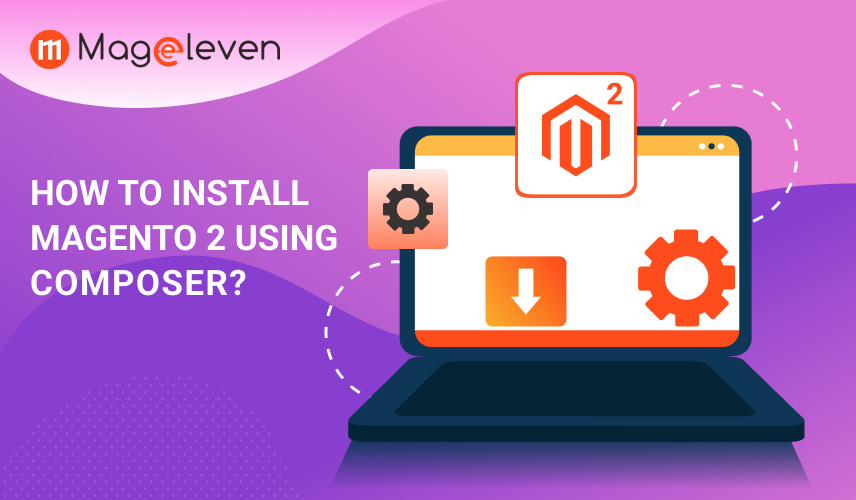
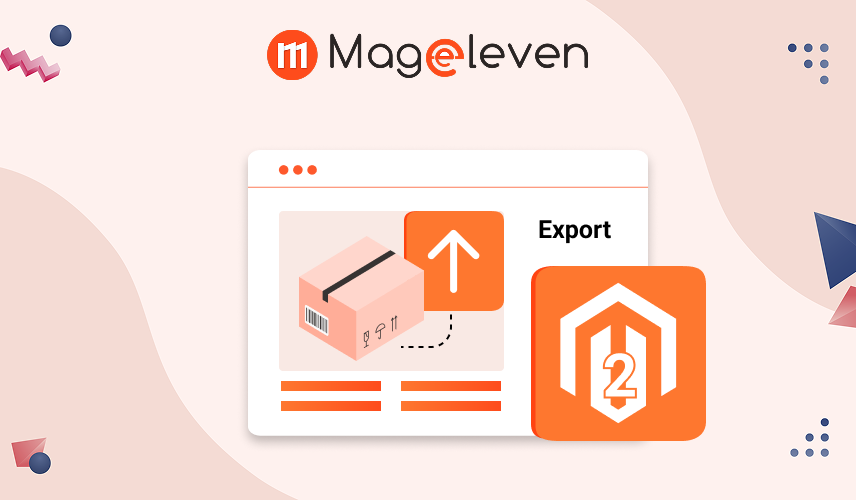


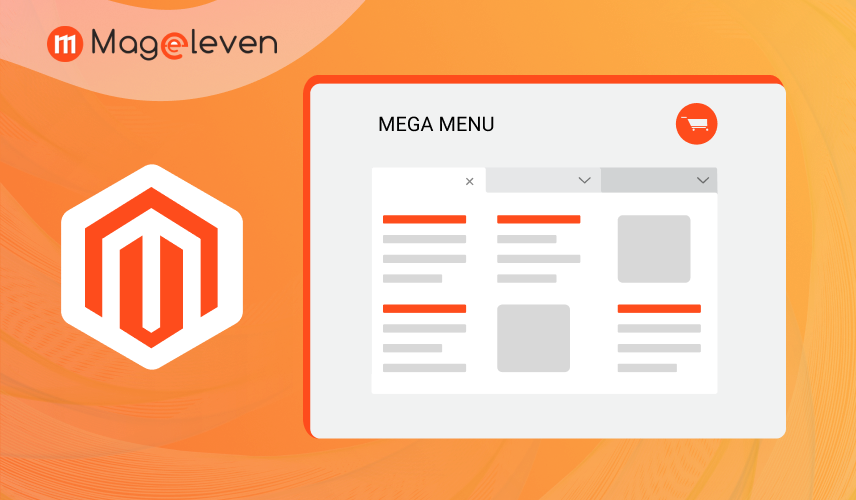
Validate your login